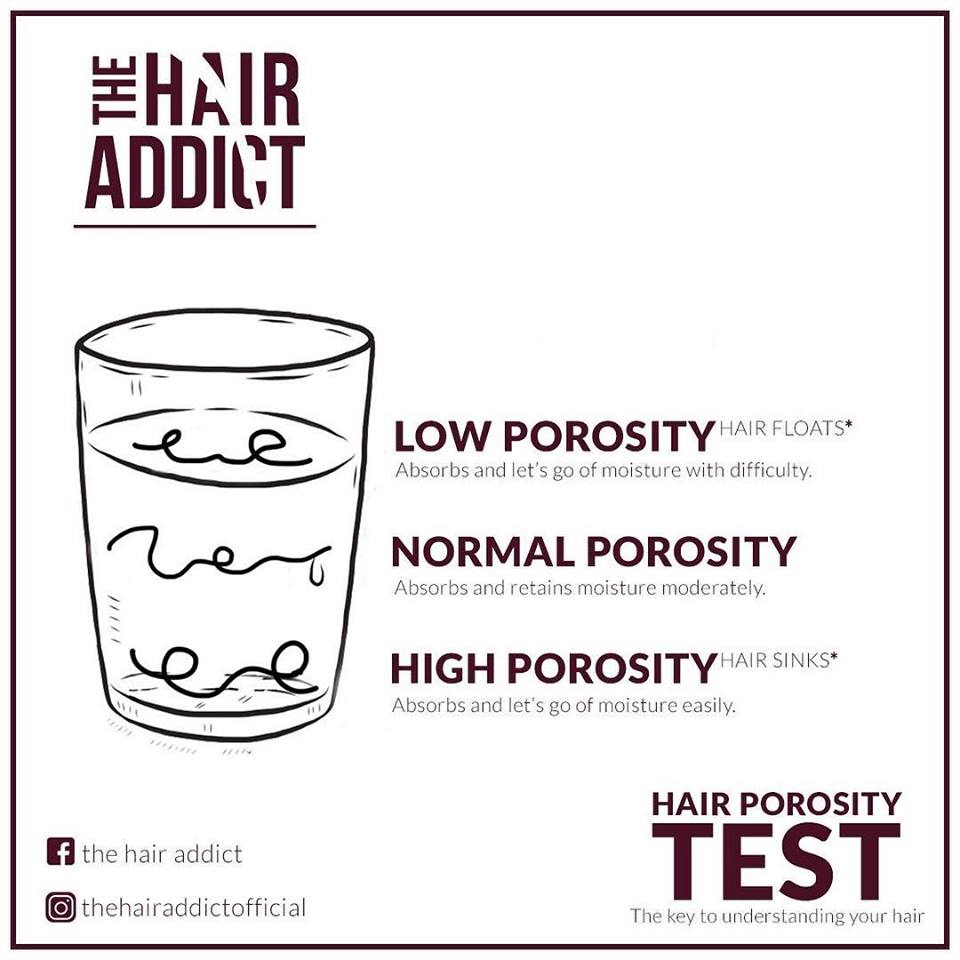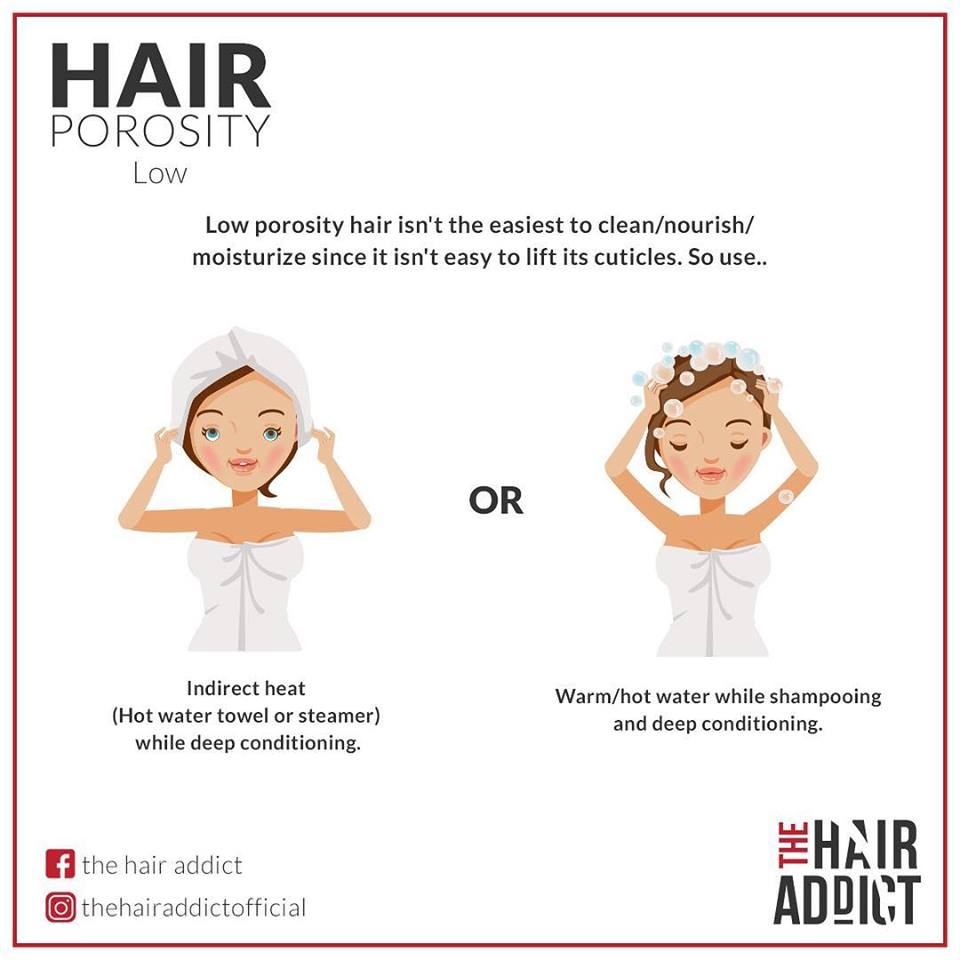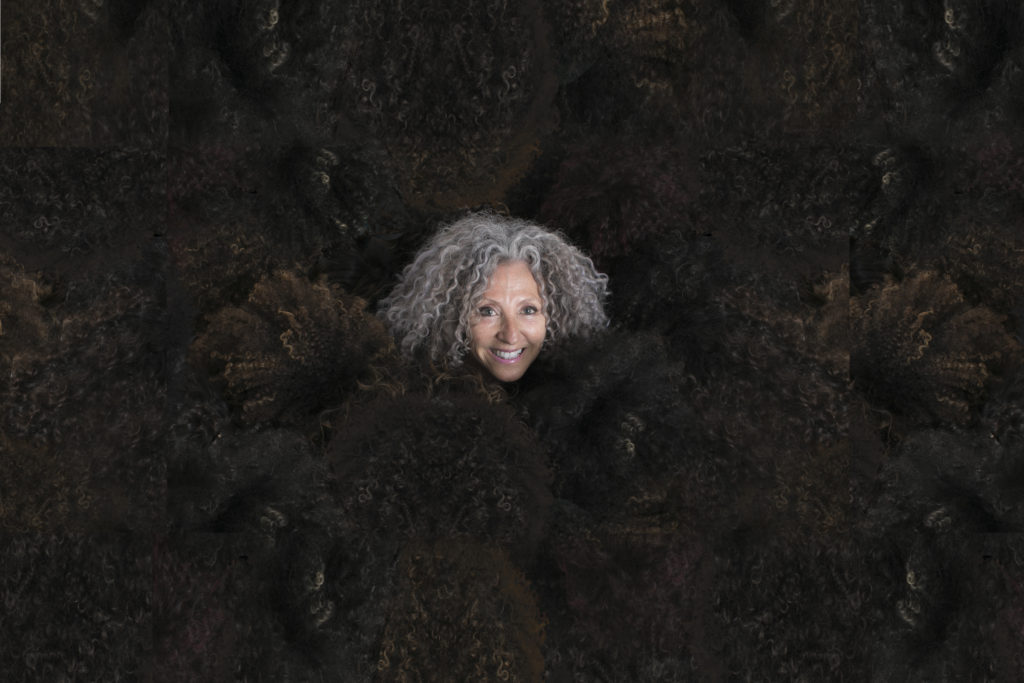Knowing your hair is like getting to know someone’s personality. In order to know how to properly deal with your hair and what products to use, you first need to know its type. Knowing your hair type is knowing your hair’s porosity; your hair can be high, medium, or low in porosity. But what is actually porosity, you may ask? Keep reading to find out!
What is hair porosity?
Hair porosity is an indication of your hair’s ability to maintain moisture. You can determine it by doing a hair porosity test which will result in determining your hair’s porosity level; low, medium, or high.
How to test Hair for porosity?
To test your hair porosity, take a glass of room-temperature water and follow these easy steps:
1. Wash your hair with a clarifying shampoo only to remove products’ and environmental build up, and then rinse it off.
2. Take a hair strand and place it in the cup of water, then wait for a few minutes.
3. Observe how your hair reacts to water; if it floats, this would indicate low porosity hair, if it sinks then you have high porosity hair, and if it doesn’t sink nor float, then it’s of medium porosity.

Low Porosity
With low porosity, the hair cuticles sit tightly on the hair strands not allowing moisture into the follicle. This is why it’s best to apply indirect heat to the hair, which helps to lift the cuticles during a pre-shampoo treatment or deep conditioning. Using warm or hot water when washing your hair also allows the hair cuticles and pores on the scalp to open up, aiding in removal of dirt, residue, or buildup from the scalp and hair.
For styling products, aim for moisturizing products that are on the lightweight side. Although low porosity hair needs some effort to be moisturized, it’s considered the healthiest hair type; it holds on to this moisture more than the other hair types which is why it usually takes longer to dry after washing. In addition, low porosity hair is usually very shiny because it reflects light well.

Medium/Normal Porosity
Having medium porosity means that your hair retains and absorbs moisture in a balanced way and won’t need a lot of maintenance. However, be careful of using chemical processing such as protein and keratin or heat styling because it might easily turn this type of hair into damaged/high porosity.
High Porosity
With high porosity, the hair cuticle is raised allowing moisture and chemicals to easily be absorbed, but also expelled from the hair, making it difficult to retain moisture. This is mostly caused by chemical damage or harsh environmental factors, but in some cases, it’s just a matter of genes and is unrelated to hair damage. If you have high porosity hair, stay away from chemical straightening, hair dyes, and heat styling. Also, deep conditioning regularly helps retain moisturize. To seal the cuticles and prevent frizz, rinse with cold water and opt for products that have beneficial hair oils to seal in the moisture. Using products that contain hydrolyzed proteins help strengthen the hair and reduce porosity temporarily. They also retain moisture longer!
Why is porosity important?
Hair porosity is a measure of how your hair maintains and absorb moisture, which is the amount of water in your hair. So, the more your hair is moist, the healthier and less frizzy it is. Moisture mainly comes from water-based hair products, and this is why knowing your hair’s porosity helps you choose the product that best suits your hair. The perfect product will give you defined curls, keep them moisturized, and won’t weigh your hair down. Understanding texture and elasticity are also important to knowing your hair’s needs.



